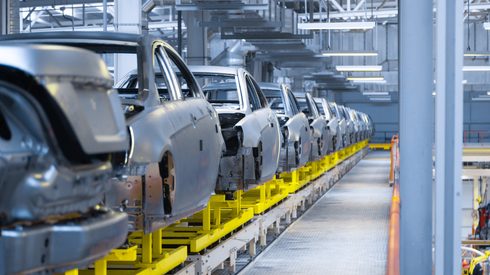
Compared with February 2020, most regions reported a decline in crude steel output, led by North America (down 8.9%), the European Union (down 7.1%) and Africa (down 6.4%).
China – the world’s largest steelmaker – produced about 83 million tonnes in February 2021, up 10.9% from February 2020. Total crude steel output in South Korea was up 1.2% on a year-on-year basis at about 5.5 million tonnes in February.
Output in India was 9.1 million tonnes, a decline of 3.1%, while Japan’s output fell by 5.6% to 7.5 million tonnes.
Crude steel output for February 2021 in the 27 countries of the EU totaled 11.9 million tonnes, down by 7.1% from the same month in 2020, with output in Germany dropping by 10.4% year on year to about 3.1 million tonnes after four consecutive months of recovery.
The United States continued to report the largest decline in crude steel output among the top-10 steelmaking countries, with February’s total down by 10.9% year on year at 6.3 million tonnes.
In the Commonwealth of Independent States (CIS), total crude steel output fell to 8 million tonnes in February 2021, down by 1.5% year on year. Meanwhile, Russia produced 5.7 million tonnes of steel, falling 1.3% compared with the same month last year.
Turkey’s crude steel production for February was 3 million tonnes, up by 3.4% on a yearly basis.
Brazil produced 2.8 million tonnes in February 2021, up by 3.8% year on year, while Iran was estimated to have produced 2.3 million tonnes over the same period, up by 11.5% from 2020 – the largest rate of increase among the top-10 steelmaking countries, Worldsteel said.






